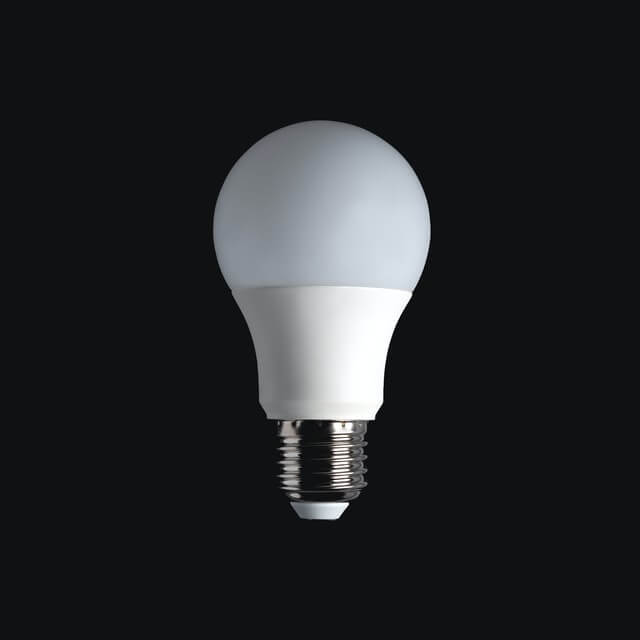
This web page contains light bulb facts for kids and is an excellent resource for anyone of any age looking to learn about this illuminating invention. Our goal is to provide you with accurate, up to date facts about light bulbs.
In addition to facts about light bulbs, we provide additional resources to help you continue your research on light bulbs.
The light bulb facts below will help you learn what a light bulb is, who invented the light bulb, what are alternatives to incandescent light bulbs, and other incandescent light bulb related facts.
We hope these light bulb facts are interesting and help you learn more about them.
If any of the below light bulb facts are inaccurate, please contact us and let us know.
21 Light Bulb Facts for Kids
 1. A light bulb is a device used to create light (illumination).
1. A light bulb is a device used to create light (illumination).
2. A light bulb is also known as an incandescent light bulb, incandescent lamp or an incandescent light globe.
3. A light bulb uses electricity to heat a wire filament in an enclosed glass case to produce light.
4. The incandescent light bulb contains a base, glass enclosure and a filament.
5. Prior to incandescent light bulbs, lighting was created by candles, oil lamps and gas lighting.
6. Historians attribute up to 22 different inventors of the incandescent light bulb before Thomas Edison.
7. The first concept and demonstration of heating a wire to produce light was by Ebenezer Kinnersley in 1761.
 8. The first practical commercial light bulbs were created by Thomas Edison in 1879.
8. The first practical commercial light bulbs were created by Thomas Edison in 1879.
9. The filament used in Thomas Edison’s first practical commercial light bulb came from his observation of a bamboo fishing line while observing a total solar eclipse.
10. Incandescent light bulbs are very energy inefficient, less than 5% of the energy required by it is needed to produce the visible light.
11. The average lifetime of a household light bulb is around 1,000 hours.
12. Incandescent light bulbs are sold in different wattages, like 60 watts or 100 watts. The wattage dictates how much energy the light bulb uses per hour.
 13. Many countries are phasing out incandescent light bulbs to reduce energy consumption. This is done by banning the manufacturing, importation and sale of them.
13. Many countries are phasing out incandescent light bulbs to reduce energy consumption. This is done by banning the manufacturing, importation and sale of them.
14. There are a few alternatives to incandescent light bulbs, and they are halogen lamps, compact fluorescent lamps (CFL) and light emitting diode lamps (LED).
15. Incandescent light bulb alternatives use less energy and have a greater lifetime.
16. Halogen lights have a lifetime of about 2,000 hours, and that’s twice as long as a incandescent light bulb.
17. Compact fluorescent lights have a lifetime of about 10,000 hours, and that’s 10 times longer than an incandescent light bulb.
 18. LED lights have a lifetime between 20,000 and 30,000 hours, and that is 20 times longer than an incandescent light bulb.
18. LED lights have a lifetime between 20,000 and 30,000 hours, and that is 20 times longer than an incandescent light bulb.
19. Compact fluorescent lights contain small amounts of mercury in them. Even though they use less energy than Incandescent light bulbs they aren’t good for the environment.
20. According to estimates from the U.S. Department of Energy, the increase of the use of LED lights will reduce the world’s energy costs by over $30 billion USD.
21. The Centennial Light is an incandescent light bulb located at Livermore-Pleasanton Fire Department in California. It holds the world record for the longest-last lighting bulb. It’s estimate this light bulb has been burning since 1901.
Light Bulb Pictures



Additional Resources About the Light Bulb
- Who Invented the Light Bulb? – Learn about who really invented the incandescent light bulb on the Live Science website.
- Edison’s Lightbulb – Find more cool facts about the incandescent light bulb that was invented by Thomas Edison.
- Incandescent light bulb – Wikipedia – Discover more cool facts about light bulbs (incandescent) on the Wikipedia website.
